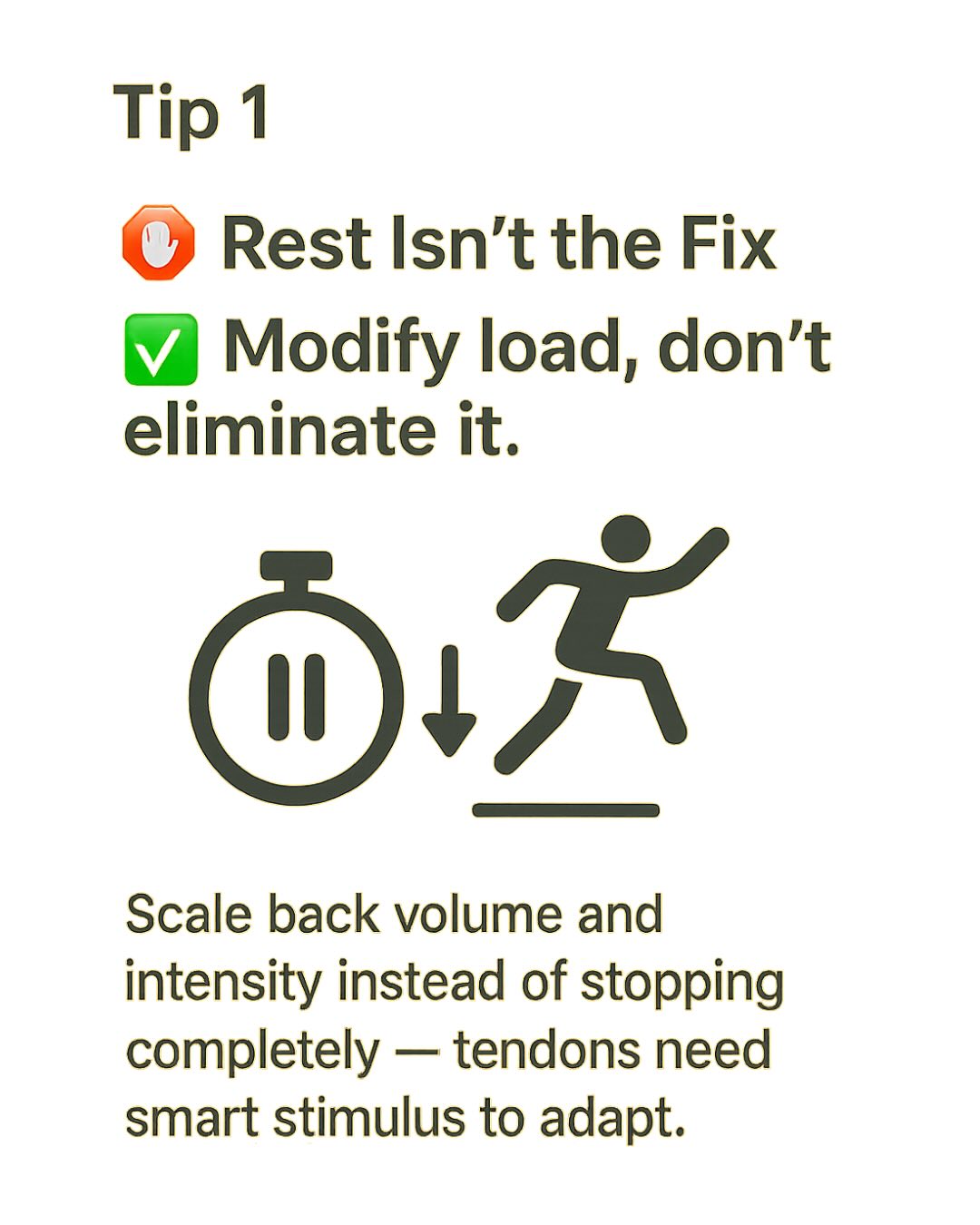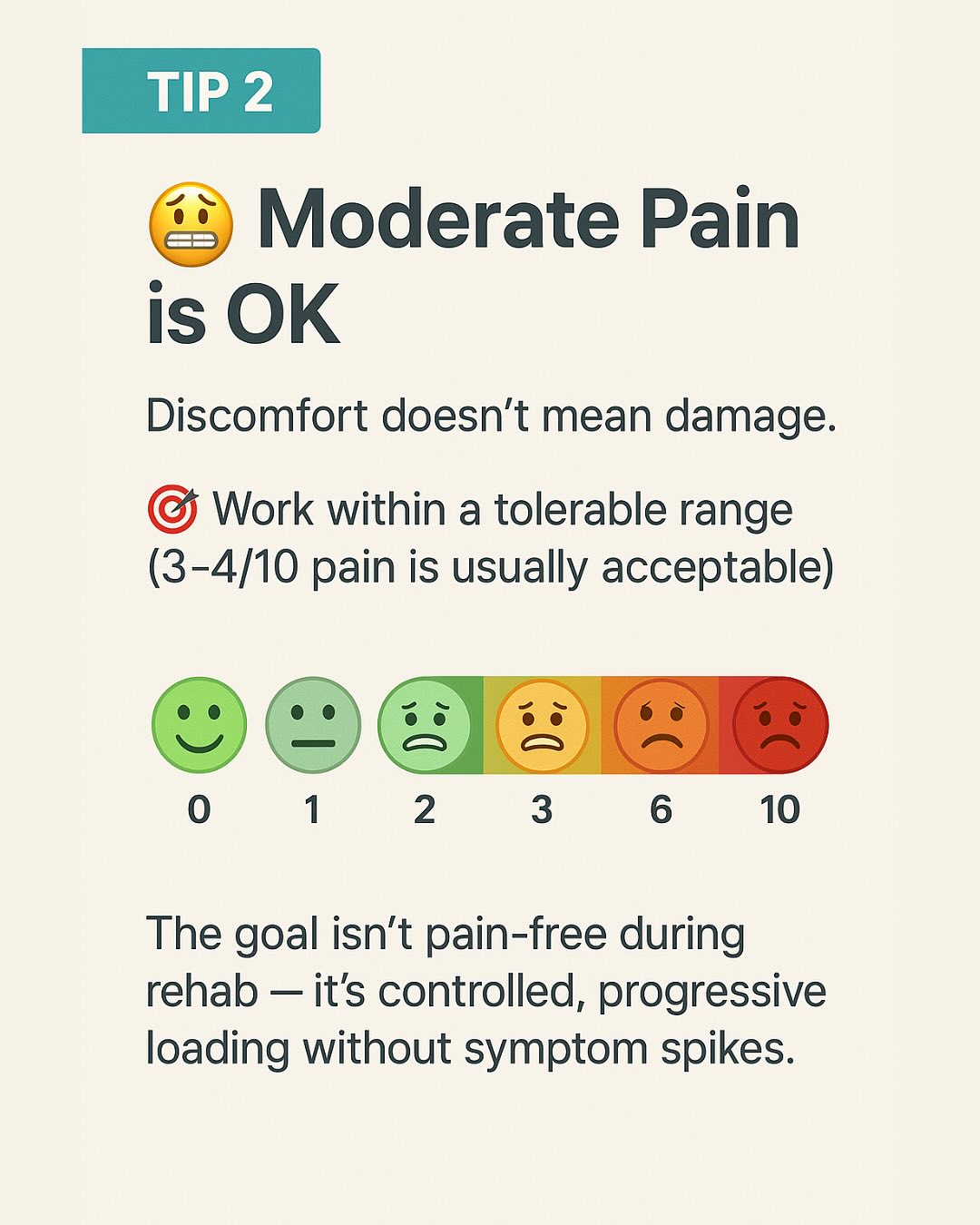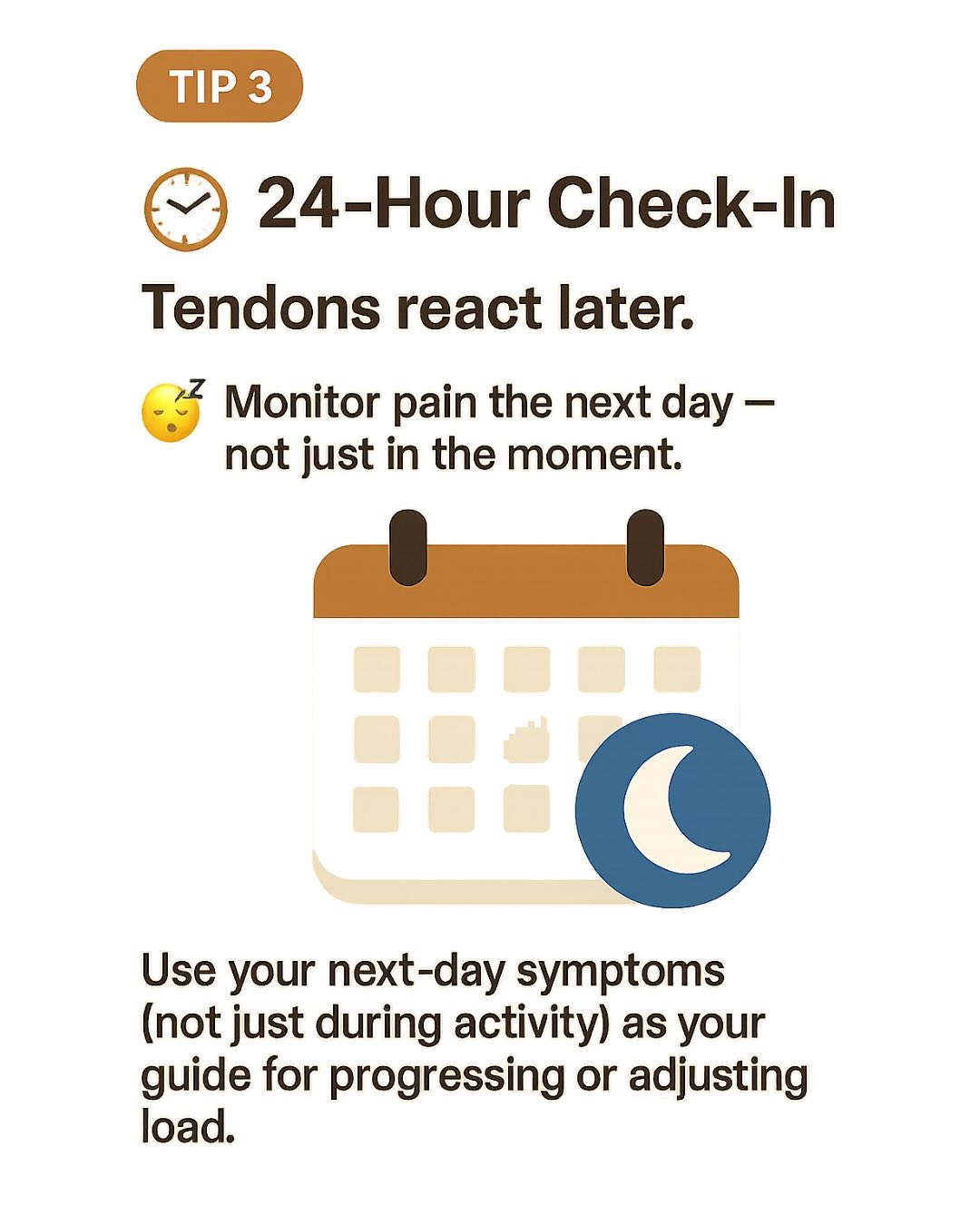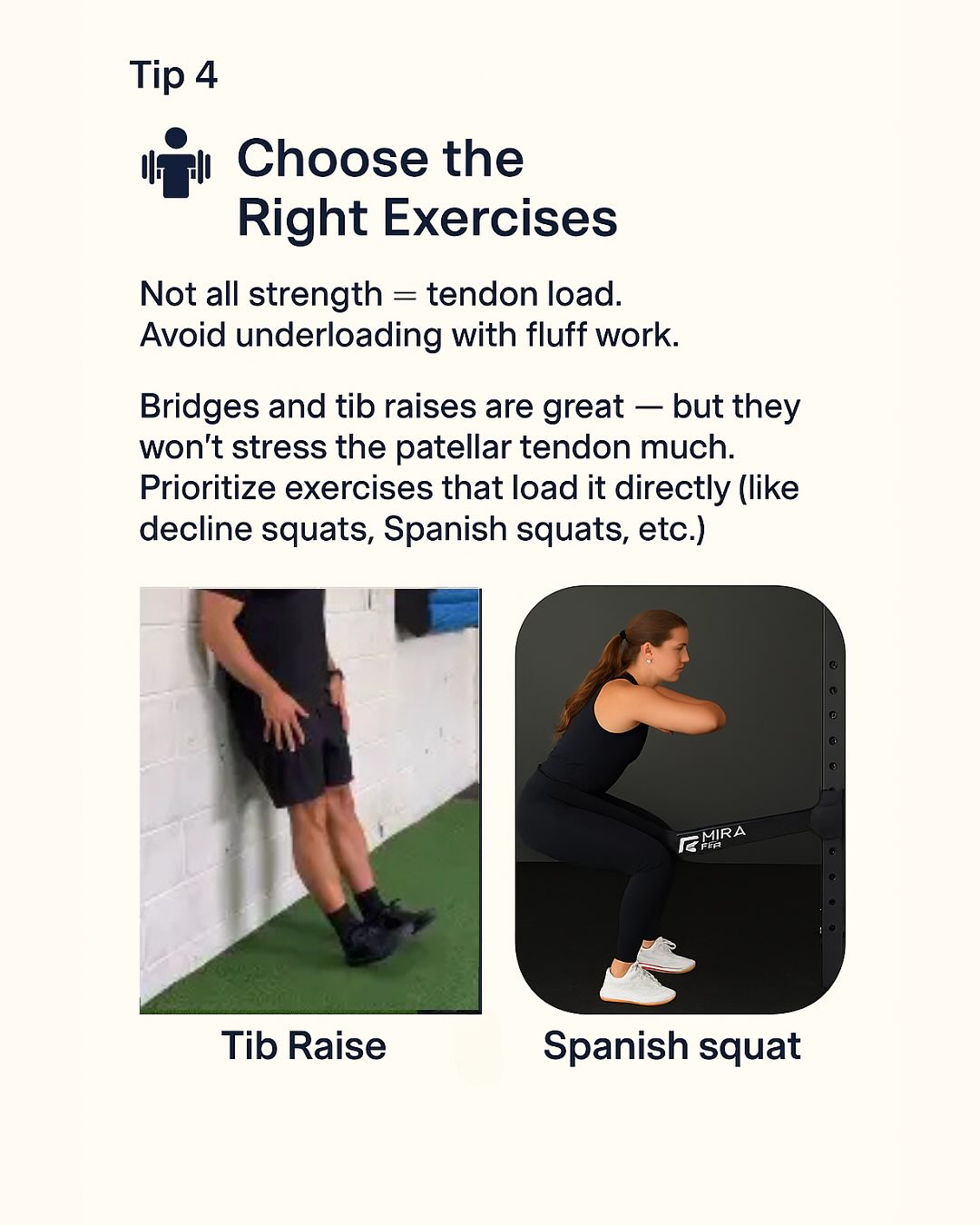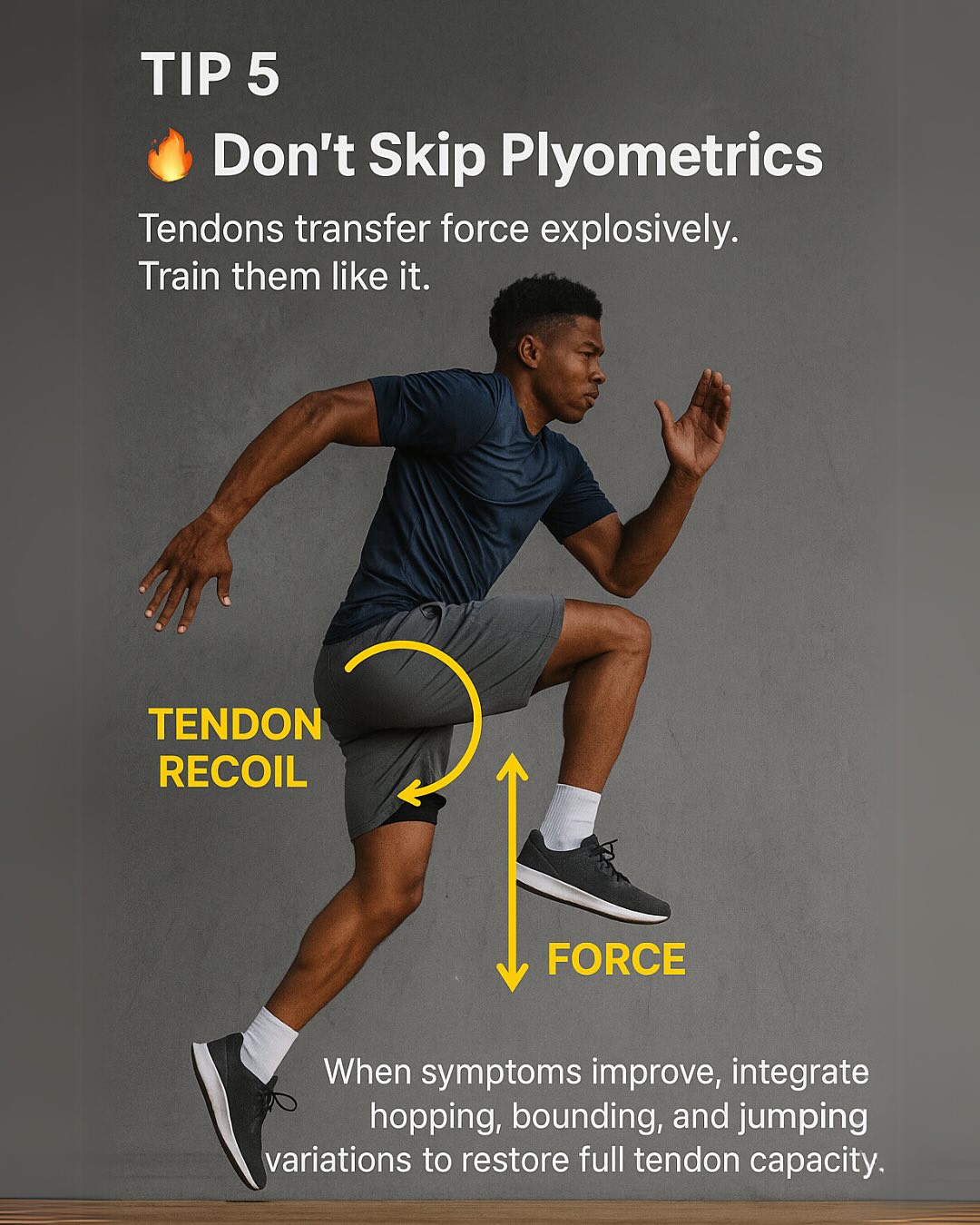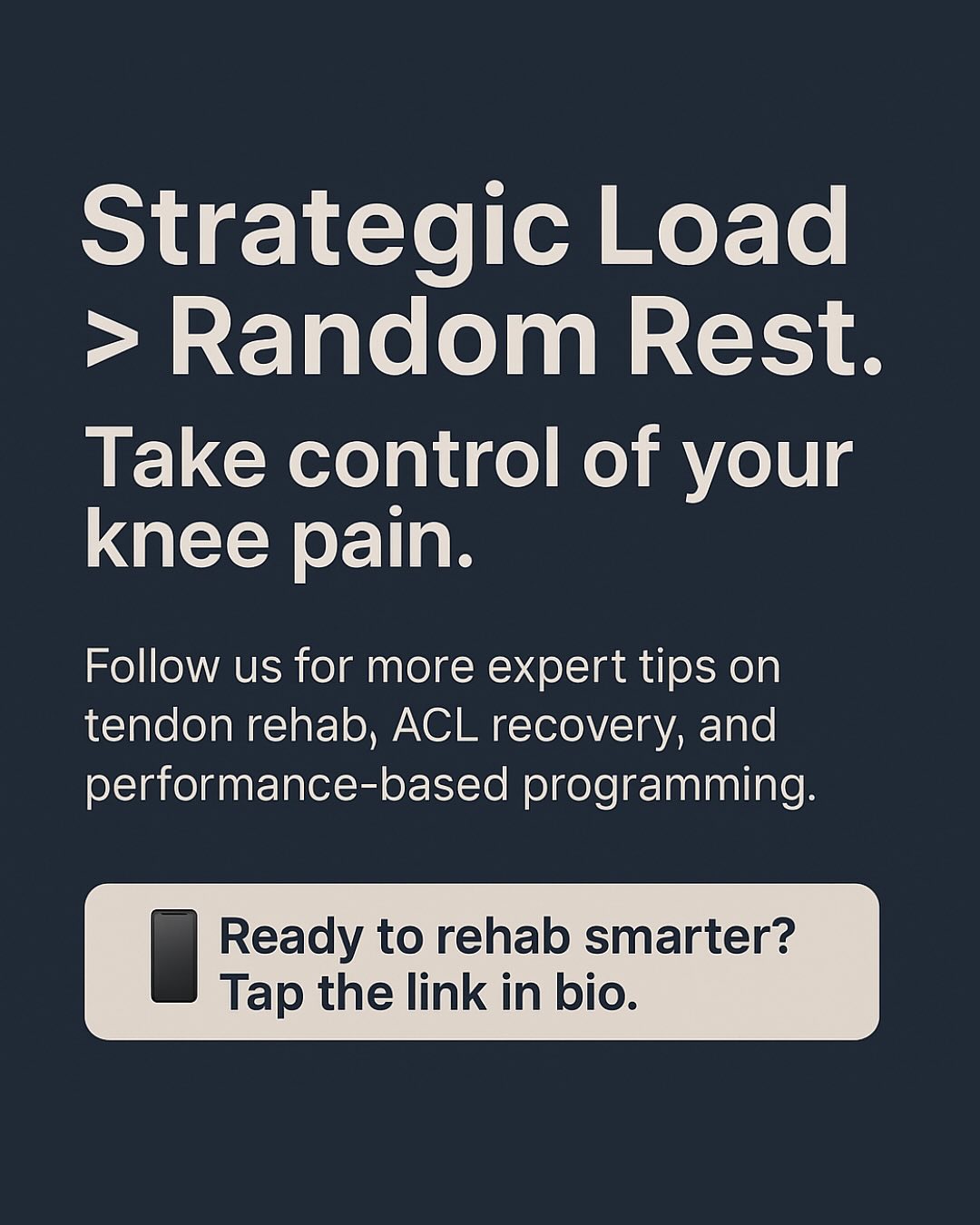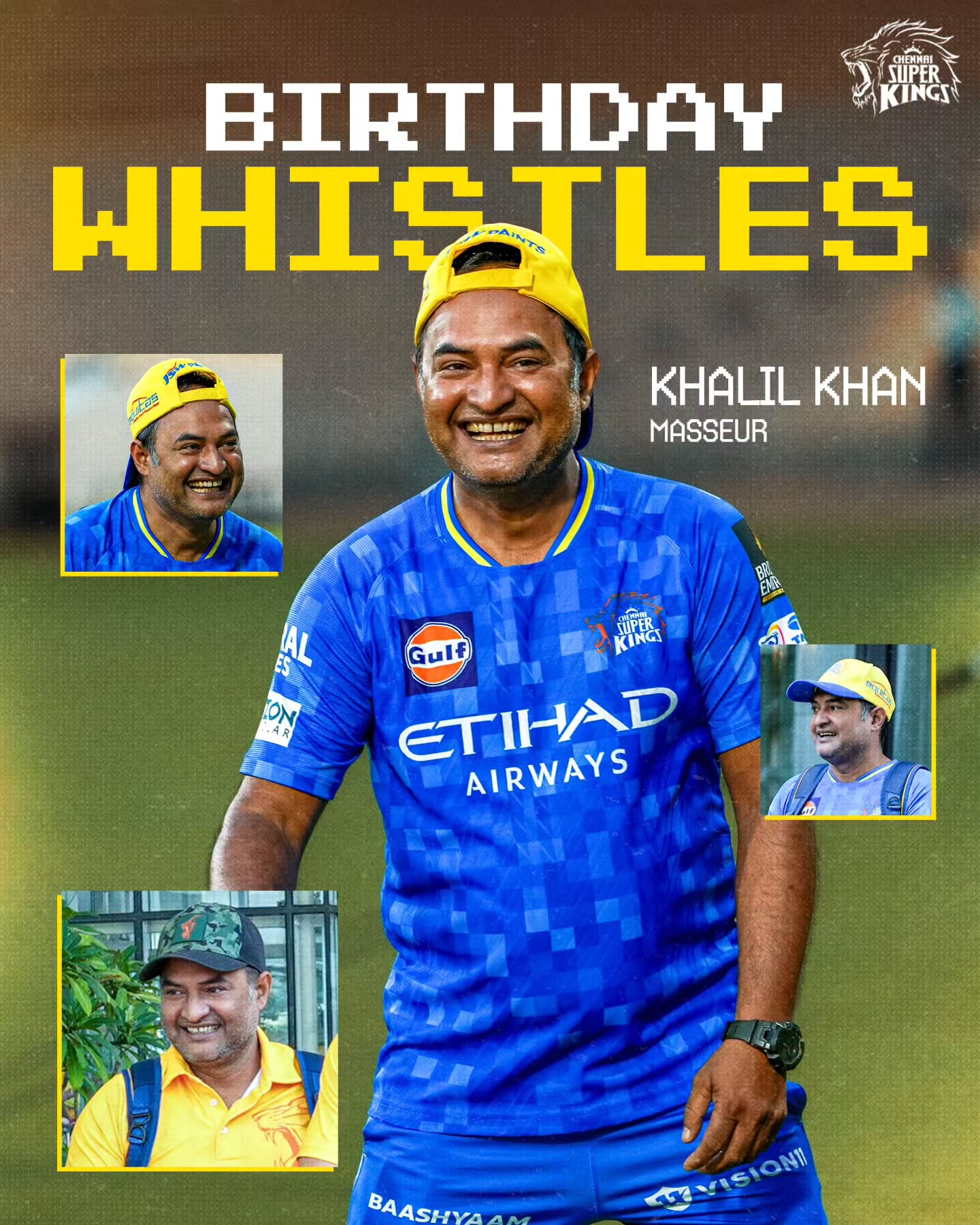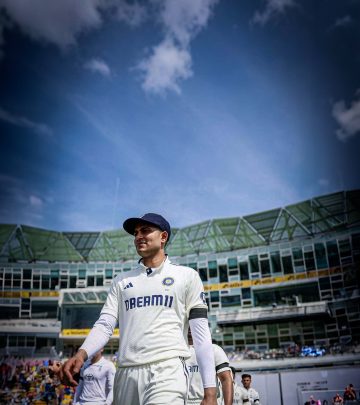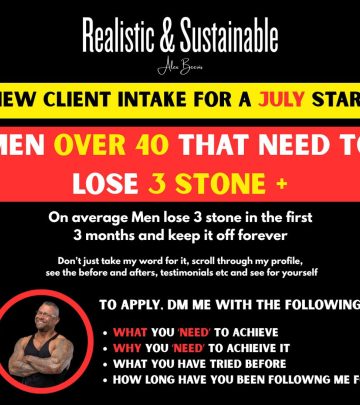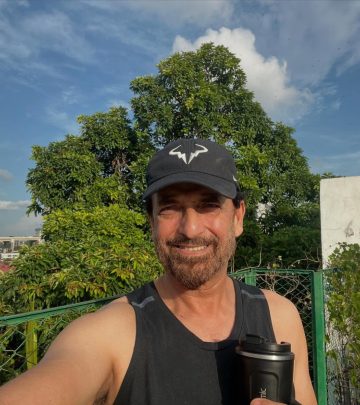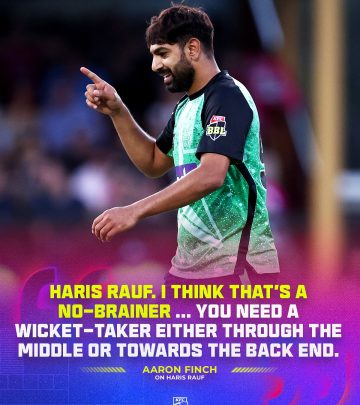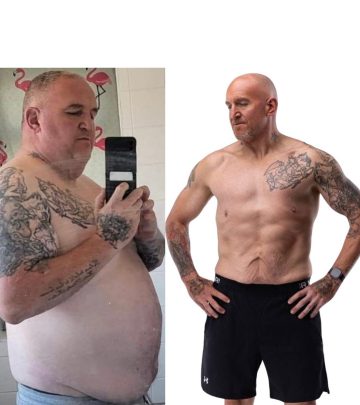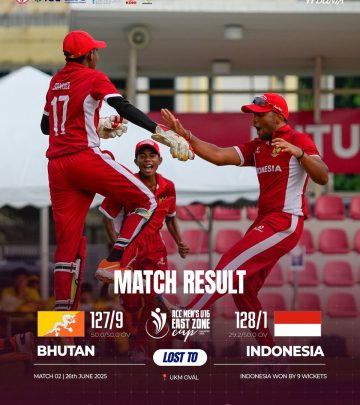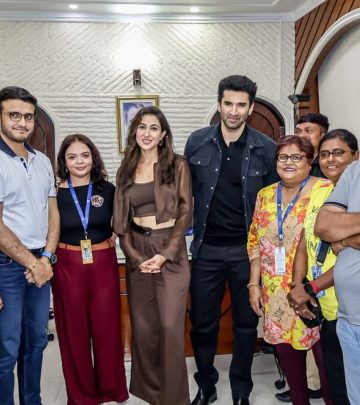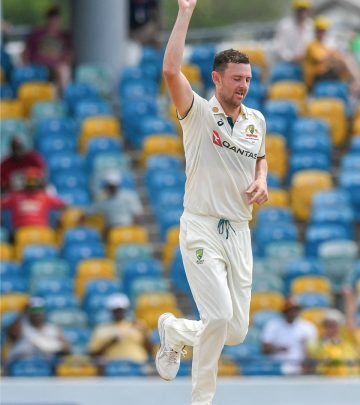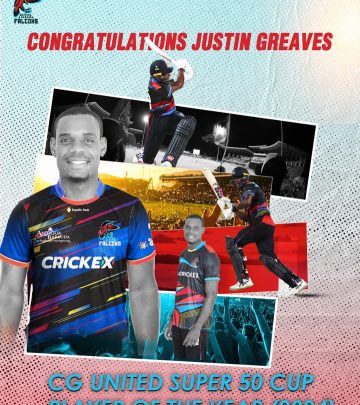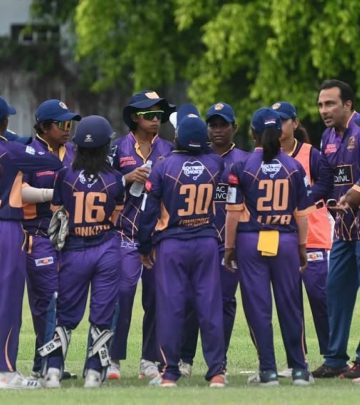Smart Tendon Rehab And ACL Recovery Tips
Expert tips on rehab protocols, ACL recovery, and performance-based knee loading for success.
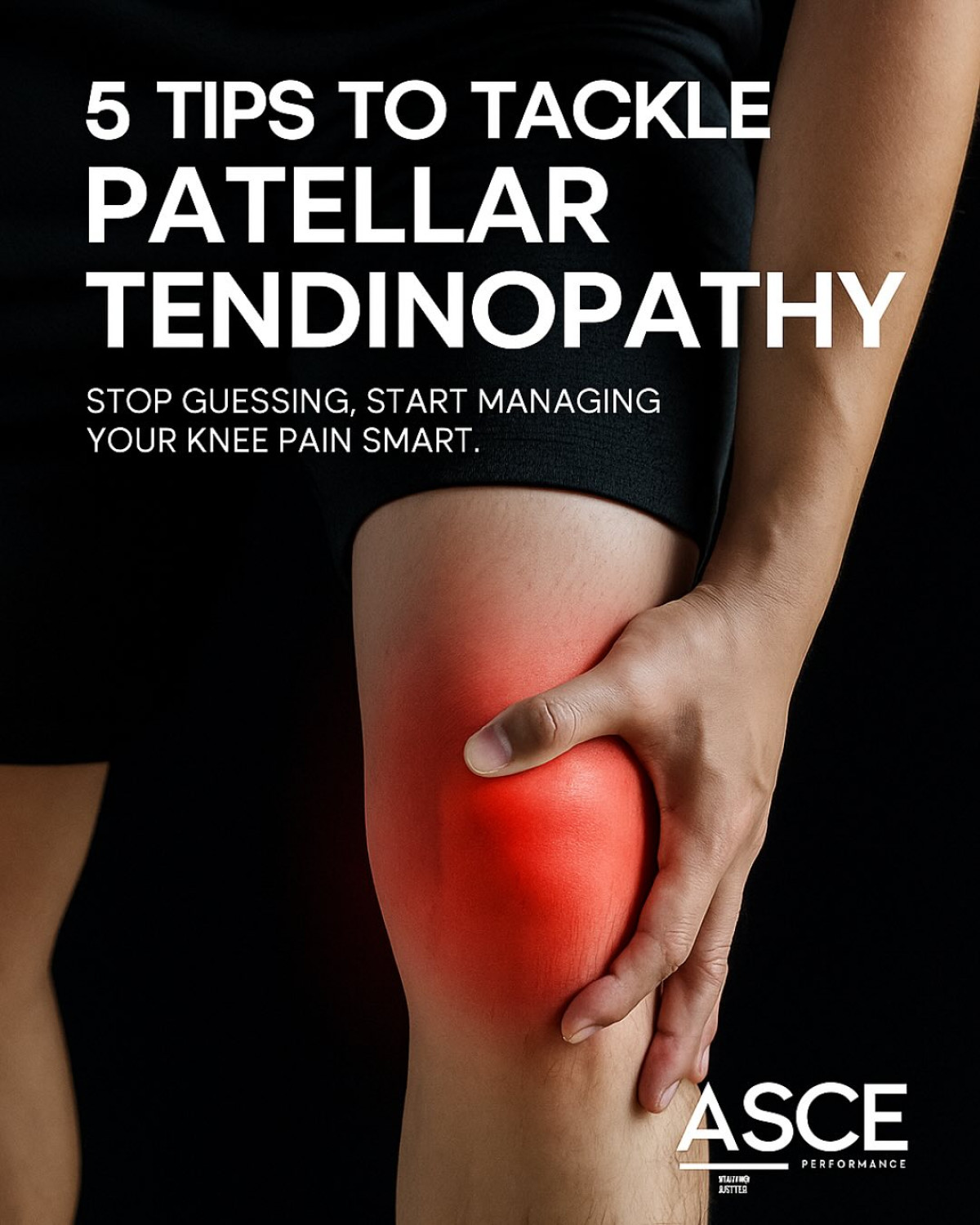
Image: Instagram
In today’s fast-paced sports environment, athletes and enthusiasts are increasingly turning to smart, expert-led rehabilitation methods to address knee injuries, particularly those related to the patellar tendon and ACL reconstruction. Recent posts and expert tips emphasize the importance of adopting performance-based programming that focuses on tendon loading, gradual strength building, and comprehensive recovery strategies.
Smart Rehab Protocols For Acl Recovery
A growing number of professionals advise athletes to shift away from quick fixes and temporary measures such as icing and passive relief. Instead, evidence suggests that heavy slow resistance training, tailored loading progressions, and proper monitoring of knee biomechanics are essential for effective ACL recovery. As one experienced coach once remarked in a related Instagram update, the road to recovery can be zig-zag and filled with both plateaus and breakthroughs. This approach not only mitigates pain but also reinforces confidence in one’s return to sport.
The fundamentals of tendon rehabilitation are grounded in constant evaluation and the gradual application of resistance. A combination of specific exercises, sensorimotor training, and load management has proven beneficial in strengthening the knee without exacerbating existing injuries. For example, strategies that incorporate controlled landing mechanics and resistance training help optimize tendon load, encouraging proper healing and improved neuromuscular control.
Performance-driven Loading Strategies
Experts in the field stress that performance-based programming is the cornerstone of a successful recovery. By focusing on exercises that provide dynamic tendon loading, athletes can better recreate the demands of their sport while minimizing undue stress on the healing tissues. The message is clear—smart rehab is not about rushing the process. It is about understanding that tendon healing takes time and requires a balanced approach between strength training and rest.
One influential figure in the rehab community, Alan Salgado Espino (also known on Instagram as @dreamchaserr.__), has been a vocal advocate for reimagining traditional methods. His recent posts remind athletes that simply pushing through pain is not a badge of honor; instead, it can lead to chronic issues such as jumper’s knee and long-term patellar tendinopathy. His guidance echoes the sentiment found in several detailed ACL recovery posts, where experts urge caution and a methodical progression to exercise loading. According to one post, heavy slow resistance training should be initiated early in the rehab process—this is instrumental in not only building strength but also in “loading” the tendon to encourage proper healing.
Understanding Patellar Tendinopathy
Patellar tendinopathy, often manifesting as jumper’s knee, is a common hurdle in athletic recovery. This injury, characterized by knee pain and diminished functionality, has been the subject of intense discussion among sports medicine professionals. Reports from various Instagram accounts explain that the key to overcoming jumper’s knee lies in acknowledging common mistakes such as over-reliance on ice, inadequate rest, and improper tracking of jump volumes. Experienced athletes have noted that form and controlled movement are just as critical as muscle strength. One influential coach’s recollection of his own playing days highlights how early correction of landing mechanics can be the turning point between a prolonged recovery and a swift return to the field.
What further sets apart effective rehabilitation programs is the emphasis on individualized recovery. The integration of performance metrics and real-time adjustments to exercise load ensures that the knee’s recovery is as efficient as possible. Athletes are encouraged to use evidence-based protocols which combine scientific research, biomechanics, and real-world outcomes. One noteworthy study from previous years reinforces the notion that structured, progressive rehab – rather than a generic one-size-fits-all plan – is paramount in avoiding issues such as muscle loss after ACL surgery and chronic joint stiffness.
Drawing from both clinical research and anecdotal evidence, the current trend in tendon rehabilitation and ACL recovery supports not just an accelerated return to sport, but a safer and more robust one. The guidance from experts like Alan Salgado Espino resonates because it combines practical training with a deep understanding of tendon biology and biomechanics. His approach—leveraging performance-based programming—cements the idea that recovery is as much about building resilience as it is about regaining strength.
In an era where social media is replete with quick-fix solutions, the emerging narrative underscores patience, precision, and personalized planning as the bedrock of successful rehabilitation. Athletes and coaches alike are urged to move away from oversimplified solutions and adopt strategies that are backed by science and real-world outcomes. Whether dealing with ACL issues or the more subtle challenges of patellar tendinopathy, the shared message is clear: smart rehab involves thoughtful loading, deliberate progression, and expert guidance every step of the way.
This comprehensive approach not only aids in quicker recovery but also mitigates the risk of re-injury. Ultimately, the recovery journey becomes one of empowerment—equipping athletes with the knowledge and tools they need to safely push their limits and excel in their sport.
Read full bio of Manjari Uppal


